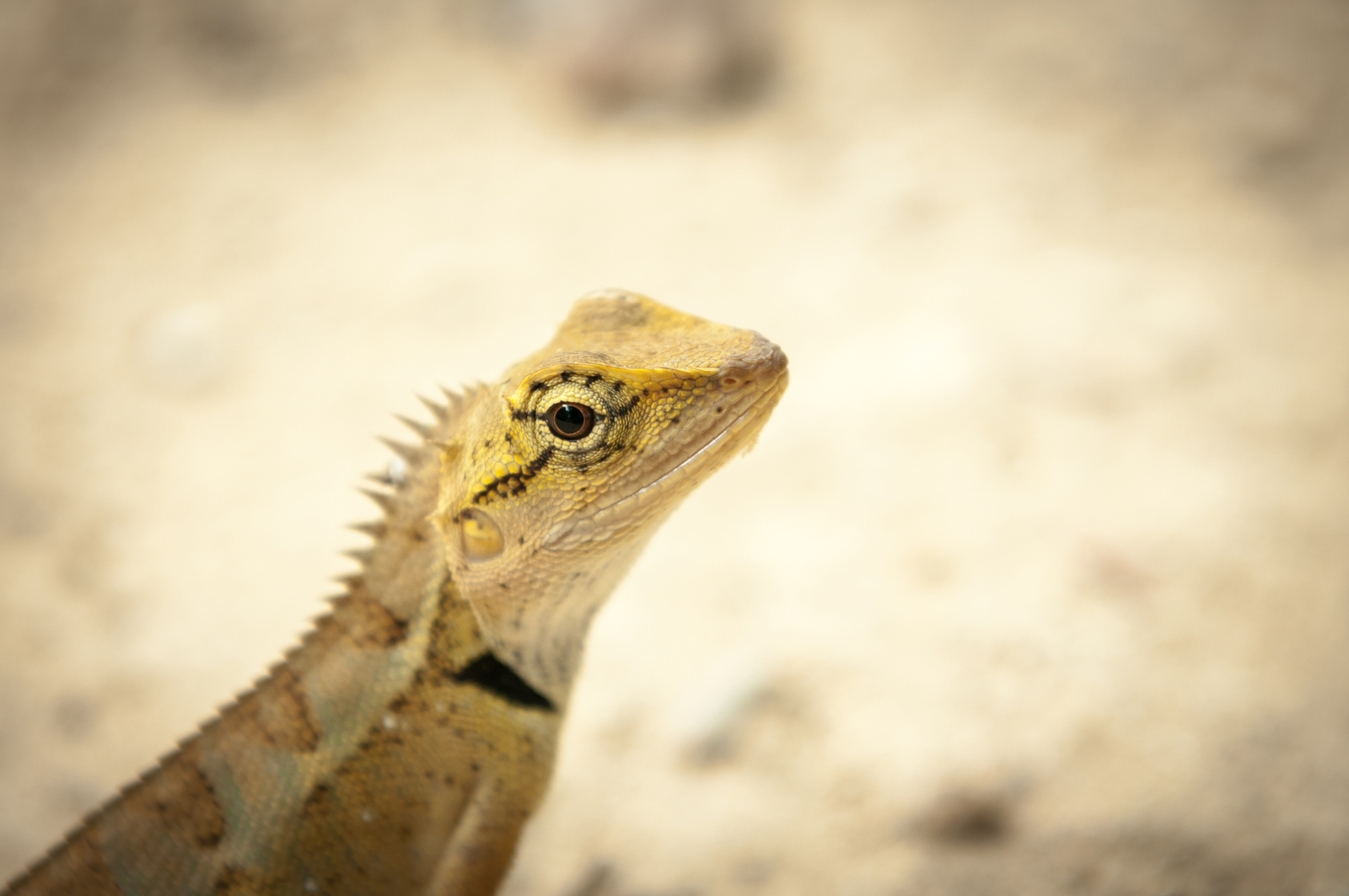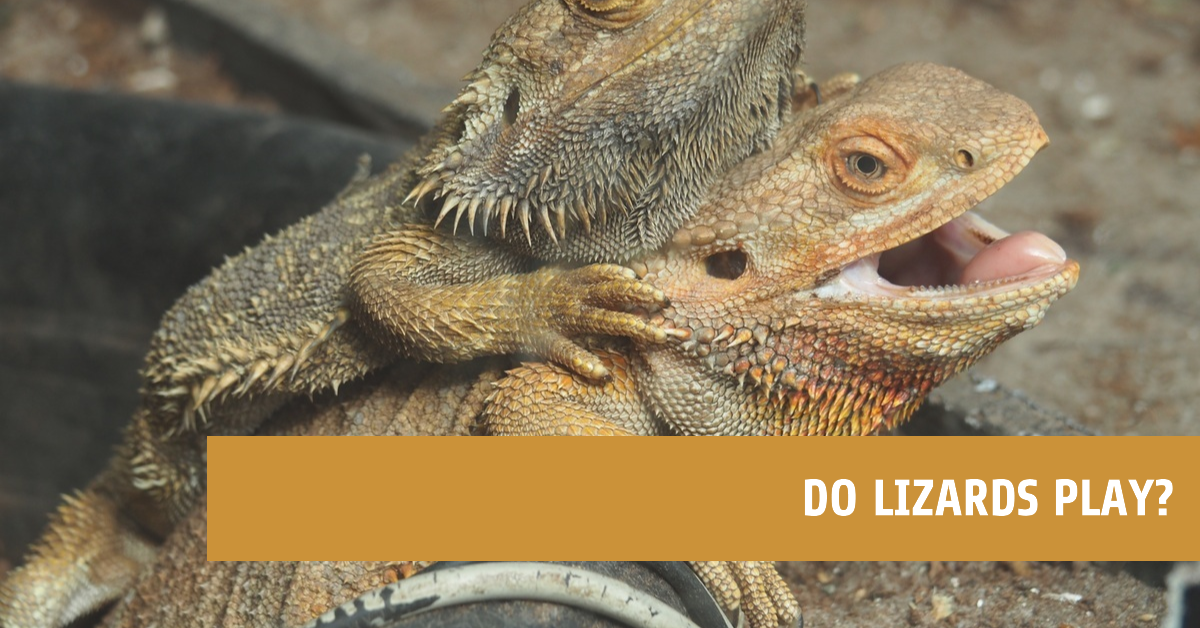What is lizard tail autotomy? Lizard tail autotomy is a fascinating biological phenomenon where certain species of lizards have the ability to shed their tails in order to evade predators or distract them while they make their escape. This ability to self-amputate or break off their tails is not unique to lizards, but it is particularly well-developed in this group of reptiles.
Table of Contents
- What is Lizard Tail Autotomy?
- Why do Lizards Autotomize their Tails?
- Which Lizards are Known for Tail Autotomy?
- Does Tail Autotomy Affect Lizard Health?
- How Do Lizards Regrow their Tails?
- The Evolutionary Significance of Lizard Tail Autotomy
What is Lizard Tail Autotomy?
Lizard tail autotomy is a defense mechanism that allows lizards to escape from predators. When a predator tries to capture a lizard, the lizard can shed its tail in order to distract the predator and make its escape. The tail continues to wiggle around for several minutes, which can confuse the predator and give the lizard time to get away.
Why do Lizards Autotomize their Tails?
Lizards autotomize their tails as a defense mechanism against predators. When a predator grabs onto the tail, it will either break off on its own or the lizard will intentionally break it off. This allows the lizard to escape while the predator is distracted by the wriggling tail. The tail will eventually grow back, but it will not be the same as the original tail.
Which Lizards are Known for Tail Autotomy?
Many species of lizards are known for their ability to autotomize their tails. Some well-known examples include geckos, anoles, skinks, and iguanas. However, not all species of lizards are able to do this, and some are better at it than others. For example, some species of geckos are able to regrow their tails in as little as 30 days, while other species may take several months or even years to regrow a tail.
Does Tail Autotomy Affect Lizard Health?
While autotomizing their tails can help lizards escape from predators, it can also have some negative effects on their health. When a lizard sheds its tail, it loses a significant amount of energy and resources that it has invested in growing the tail. The tail also serves important functions such as balance, communication, and thermoregulation, so losing it can be detrimental to the lizard’s overall health and survival.
How Do Lizards Regrow their Tails?
When a lizard sheds its tail, the tail continues to wiggle for several minutes, distracting the predator while the lizard makes its escape. Meanwhile, the lizard’s body begins the process of regrowing the tail. The regrowth process is a complex one that involves the activation of certain genes and the proliferation of cells in the stump of the tail. Over time, the cells differentiate into new tissues and structures, eventually forming a new tail that is not quite the same as the original.
The Evolutionary Significance of Lizard Tail Autotomy
Lizard tail autotomy is an important adaptation that has allowed lizards to survive and thrive in a variety of environments. By shedding their tails, lizards are able to escape from predators and avoid being captured. This ability has likely played a role in the evolution of many different species of lizards, as those that were better at autotomizing their tails were more likely to survive and pass on their genes to future generations.
Frequently Asked Questions about lizard tail autotomy
How long does it take for a lizard to regrow its tail?
The time it takes for a lizard to regrow its tail varies depending on the species and the individual lizard. Some species of geckos are able to regrow their tails in as little as 30 days, while other species may take several months or even years to regrow a tail.
Can lizards regrow their tails multiple times?
Most lizards are only able to regrow their tails once, although some species may be able to regrow their tails multiple times. However, each time a lizard regrows its tail, it will be smaller and less functional than the previous tail.
Do all species of lizards have the ability to autotomize their tails?
No, not all species of lizards are able to autotomize their tails. The ability to shed their tails has evolved independently in different groups of lizards, and some species have lost this ability over time.
Does tail autotomy have any negative effects on the lizard?
While autotomizing their tails can help lizards escape from predators, it can also have some negative effects on their health. When a lizard sheds its tail, it loses a significant amount of energy and resources that it has invested in growing the tail. The tail also serves important functions such as balance, communication, and thermoregulation, so losing it can be detrimental to the lizard’s overall health and survival.
Expert Advice
If you have a pet lizard, it is important to understand the risks and benefits of tail autotomy. While it can be a helpful defense mechanism, it can also have negative effects on your lizard’s health. If your lizard does autotomize its tail, be sure to provide it with plenty of food, water, and a warm, comfortable environment to help it recover.
Additionally, if you have questions or concerns about your lizard’s health or behavior, be sure to consult with a veterinarian or experienced reptile keeper for advice.
Overall, lizard tail autotomy is a fascinating biological phenomenon that has intrigued scientists and nature enthusiasts for decades. By shedding their tails, lizards are able to escape from predators and avoid being captured, but they also face some risks and challenges as a result. Understanding the biology and behavior of these remarkable animals can help us appreciate and protect them in the wild and in captivity.
External links for further reading:



